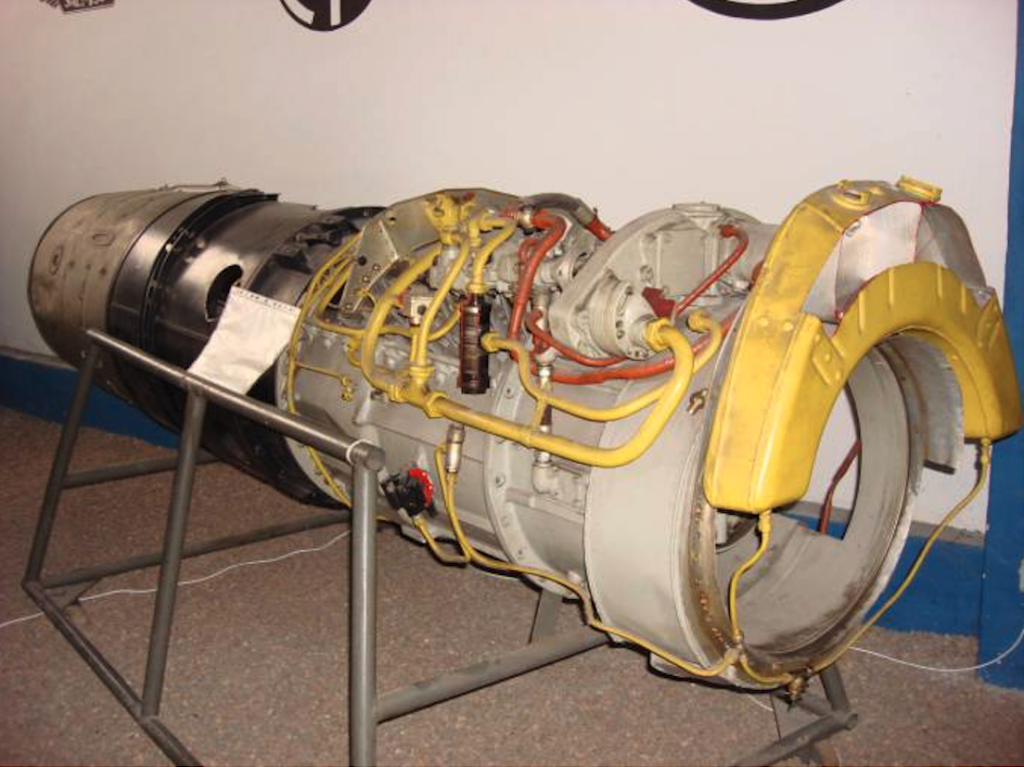Kraków 2007-02-07
085b Section 1950-08-20
OKB Jakowlew Jak-17 / W „Agata”. Poland
The first Polish fighter aircraft with a turbojet engine.



Jak-17 design
A single-seat, single-engine mid-wing aircraft with an almost entirely metal structure and straight wings. A truss structure covered with sheet metal. Often referred to in publications as a transitional type, which should be understood as the design was already outdated at the time of introduction to service. And no wonder, as it was based on the piston aircraft Yak-3. The Yak-17 itself was a slightly improved first Soviet jet Yak-15.
Straight, two-spar wings with a small rise, with a duralumin structure. The outline is typical of the wings of aircraft from the period of World War II. The wings are equipped with ailerons and crocodile-type flaps. At the end of the wings, locks were installed to hang additional fuel tanks.
The fuselage was of the redan type, made as a latticework of steel pipes, covered with duralumin sheet metal. The fuselage was profiled from the bottom and from the top. The turbojet engine was placed in the front part of the fuselage, with the nozzle placed under the fuselage, at the height of the pilot’s cabin. The tail part of the fuselage was covered with heat-resistant sheet metal underneath. Internal fuel tanks were placed only in the fuselage. The pilot’s cabin was closed, glazed, not airtight. The canopy consisted of a three-part fixed windshield and a convex canopy that moved backwards.
Classical tailplane of metal construction. The rudder was the only element covered with fabric.
Tricycle landing gear with a front wheel, retractable in flight; the main legs retracted into the wings. In the retracted position, none of the wheels are completely covered. The front landing gear assembly is mounted almost outside the fuselage and is partially covered by fairings.
The design of the Jak-17 W. Two-seater version.
There are no locks at the end of the wings for hanging additional fuel tanks. However, it is assumed that the aircraft used in Poland were equipped with them.
Two-seater cabin with tandem seats. Space for the second seat was obtained by extending the cabin slightly forward and backward. It was covered with a long, several-part common canopy, with parts for crew members moved backwards.
The aircraft has no armament, although it was possible to install it. However, this was not done because the machine was becoming too heavy and the weak drive could not handle it.
Jak-17 drive.
One turbojet engine with axial compressor RD-10 A, with thrust 1 x 9.80 kN (1 x 1,000 kG). This engine is a development of the German Junkers Jumo 004 engine. In Poland, additionally 30 units of this type of engine were built in Rzeszów.
The Yak-17 W aircraft operated in Poland were also powered by an earlier version of the RD-10 engine, with thrust 1 x 8.83 kN (1 x 900 kG), at 8,700 rpm.
Starting the RD-10 engine is described in the aircraft history.
Fuel capacity is 640 liters in the fuselage, plus 2 x 180 liters in suspended tanks. Fuel: T – 1 kerosene, and pure B-72, B-90 gasoline, + 5% MS.
Equipment
On-board VHF radio transmitter and receiver type RSI-6. Radio half-compass.
Armature
2 x 23 mm NS-23 23 mm cannons (60 rounds each) in the lower part of the fuselage. The Yak-17 W (UTI) was not armed.
T-T data of the Yak-17 aircraft.

Written by Karol Placha Hetman

